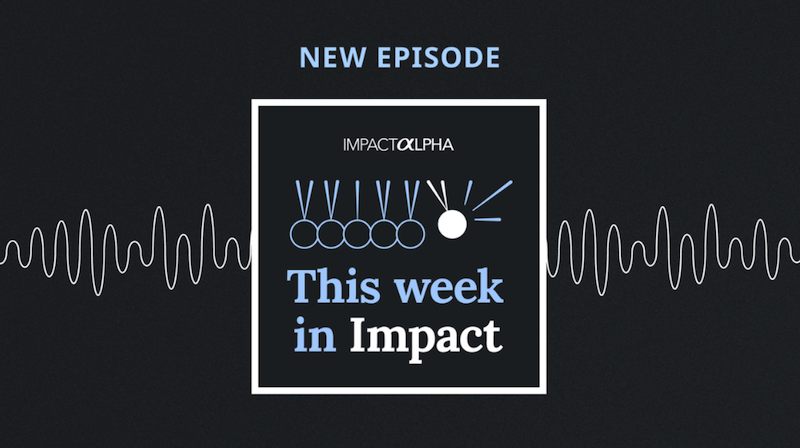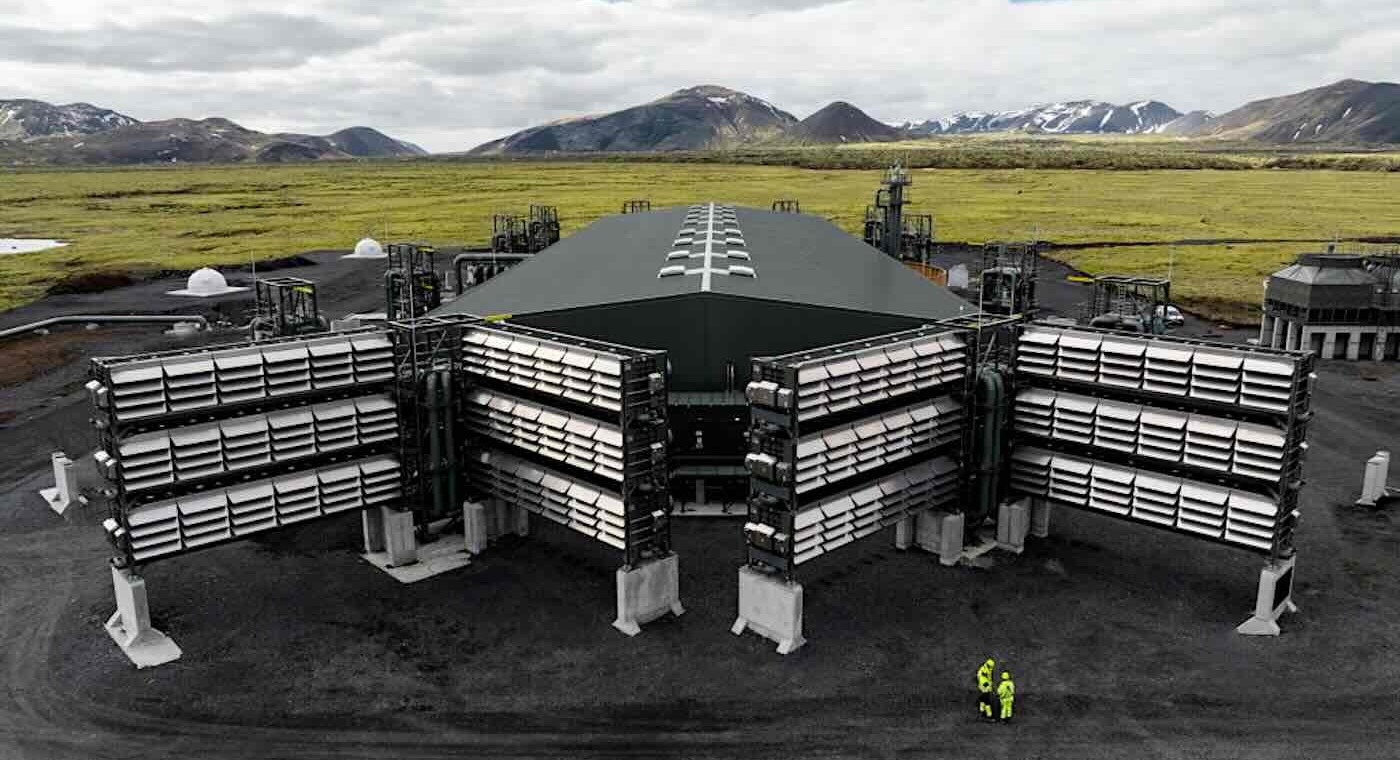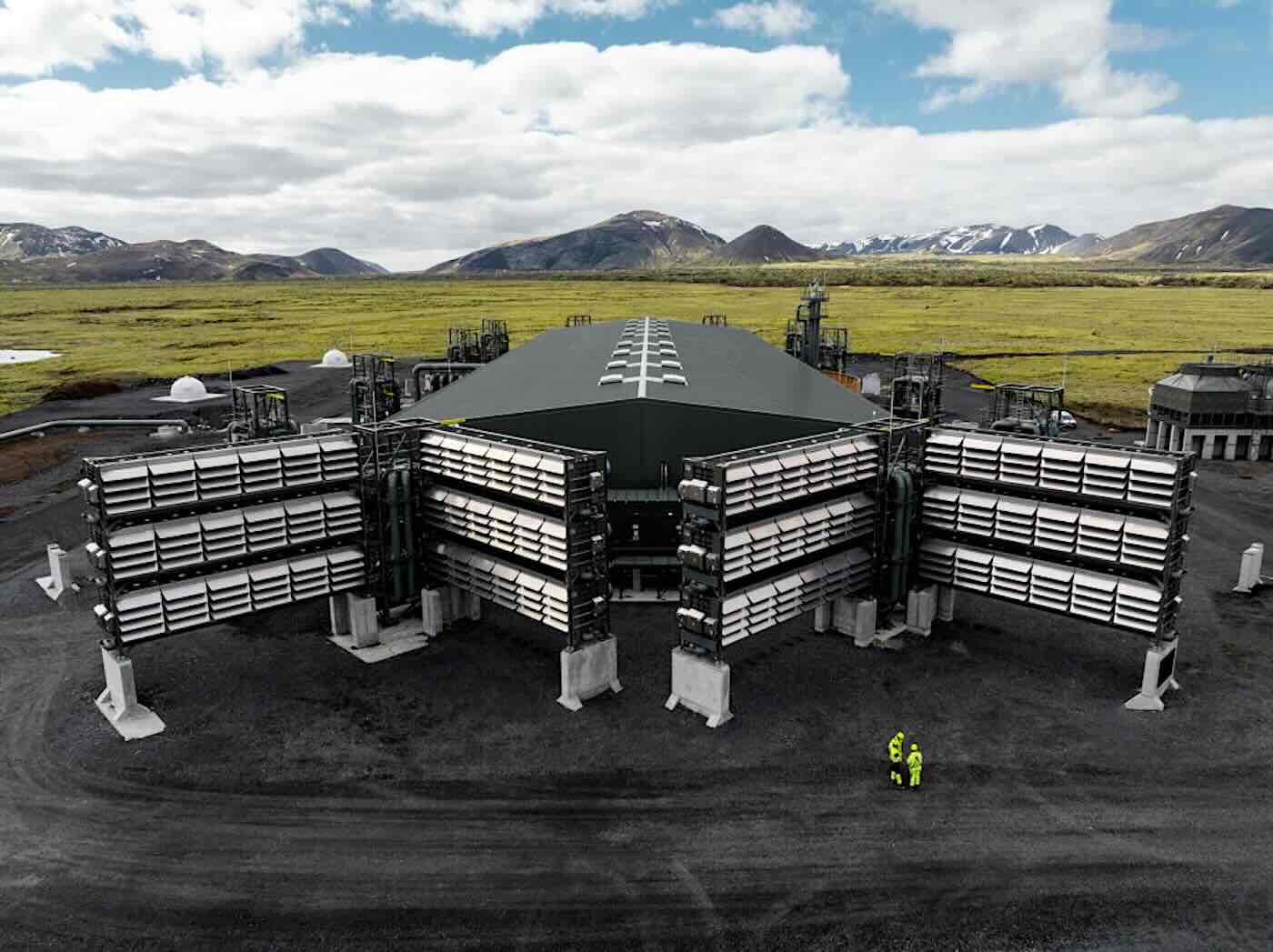Impact investing’s march into the mainstream continues. This week, Community Capital Management’s CRA-Qualified Investment Fund became the first publicly-traded mutual fund to receive a third-party rating for impact management.
Just as third-party ratings have become essential for judging financial risk of an investment, third-party verification of impact is essential if impact is to become a core component of investment decision-making. As large investment houses start to bring capital to bear on the world’s social and environmental challenges, analysts will be on guard for “impact-washing” — dilution of meaningful impact in the service of marketing.
Since inception in 1999, the CRA-Qualified Investment Fund has made $7.9 billion in investments that it considers impact investments — achieving measurable social outcomes in addition to risk-adjusted market rate returns. The fund currently has $2 billion in assets under management, and has been publicly-traded since 2007, allowing access to retail investors through brokerage firms and platforms.
Since inception it has made investments in 383,000 affordable housing units, financed $336 million in enterprise development and job creation, capitalized 16,700 in home mortgages for low-to-moderate income borrowers, and financed $412 million in economic development, environmental sustainability, neighborhood revitalization and healthy communities, according to the CRA-Qualified Investment Fund’s most recent quarterly report.
The CRA-Qualified Investment Fund ended up with a “4-sun” rating, indicating “exceptional alignment of its impact mission, strategies, activities, and data that guide its investment programs and planning.” The ratings, on a 1 to 4 scale, represents the strength of the internal accountability mechanisms to deliver on the promised impact.
Scaling capital
Other than banks, mutual funds are the dominant way that most people in America invest their money. Millions of people own shares in mutual funds, largely through their retirement accounts. According to the Investment Company Institute, some 55.9 million U.S. households own shares in mutual funds — that’s 44.4 percent of all U.S. households. Among households owning mutual fund shares, median assets held in mutual funds is $125,000, and the median number of mutual funds owned is four.
Altogether, mutual funds manage $16 trillion in assets on behalf of their owners — households and institutions.
There are now over 100 investment funds rated under GIIRS, an impact performance standard created by B Lab (the same folks behind Certified B Corporations), for example. None are publicly-traded mutual funds. The 28 “Best for the World” funds, as rated by GIIRS, collectively have just $1.3 billion in assets under management.
Rating impact
The impact management rating comes from Aeris, which has been rating the financial strength and social impact of community development lenders since 2004. They’ve rated 120 funds so far — all of them federally-certified community development financial institutions (CDFIs). Moving into ratings for other types of funds was a logical next step, but not an easy one.
“We always saw our calling as an independent company as being about who was the end beneficiary, the people in under-invested communities,” says Paige Chapel, CEO of Aeris. “So we’ve been looking for ways to guide capital to good, and leverage what we’ve already demonstrated we’re good at in the CDFI industry.”
Aeris’ team of 20 ratings analysts are spread out all over the country, and has grown in the past few years, especially after the company this year shifted from rating funds every three years to annual re-ratings.
“They come from banks, international banks as well as large U.S. banks, some come out of Wall Street rating houses,” says Chapel, who earlier in her career helped build a multi-state network of community development banks. “Some of them come out of investment banking. Some when they joined us were brand new to the CDFI space.”
In approaching non-CDFI investment funds about rating them for impact management, the team agreed it made sense to start with a fund in a space with which they were already familiar. The CRA-Qualified Investment Fund is one of a number of investment funds that have historically focused on community development, such as the Access Capital Community Investment Fund, which also got started in the late 1990s (it was acquired by RBC Global Asset Management in 2008). These large funds have their own motivation to get some outside validation and outside benchmarking of the impact they feel they have been delivering for years.
“The folks who have been doing this for decades are looking for a way to distinguish themselves,” says Chapel.
Impact management
In terms of size or complexity of the fund’s business model, rating a publicly-traded mutual fund was actually more straightforward than most CDFIs. “CDFIs tend to have so many tentacles because they’re mission driven, so we look at a lot of complex organizations,” Chapel says.
It was an interactive process coming up with the rating methodology. It’s an impact management rating, not an impact rating. It didn’t make sense to simply measure the level of impact achieved — privileging a larger fund on sheer scale of impact, like hundreds of thousands of affordable housing units produced. There are also different visions of impact all generally layered on top of funds regulated heavily by the SEC, and with fiduciary responsibilities to their owners or beneficiaries.
The Aeris impact rating represents the strength of a fund’s ability to monitor, manage and report back solid data on the fund’s own intended impact. For environmental, social or governance, or ESG, -screened funds, for instance, Aeris assesses the ongoing due diligence and reporting mechanisms used internally to constantly deliver on that particular ESG value-proposition.
It’s similar to how an S&P or Moody’s rating doesn’t indicate the expected level of financial return for an investment, but rather it rates the likelihood that the fund will produce its target financial return. The Aeris impact management rating rates the likelihood a fund can deliver on its promised impact proposition.
“It’s about intentionality,” Chapel explains. “Who on the management team is making sure that proposition is being met, what information do they have, what actions are they taking to adjust portfolio composition if they’re off or what explanation do they have if they are off.”
Proven outcomes
In the end, each rating actually had to have two components — an impact investment category and the rating itself. There are three impact investment categories, adapted from BlackRock and ongoing research by Tideline and CASE i3 at Duke University: funds that promote socially and environmentally responsible behavior by avoiding certain types of investments; those that target investments to achieve positive and proven outcomes; and those that advance the health of systems and markets for target beneficiaries. According to Chapel, a hypothetical pay-for-success bond fund would fall in the third category.
The CRA-Qualified Investment Fund was rated in the second category, a fund that targets investments to achieve positive and proven outcomes, in this case investments in underserved areas producing affordable housing, home-ownership for low-to-moderate income households, and economic impact, among other activities.
For the first fund, the whole process took about six months, but Chapel says it should take 2–3 months going forward, now that the methodology has been developed. There was one site visit involved, to a CCM office. A grant from the Ford Foundation supported this experimental rating process, but Aeris’ standard practice is to charge fees for annual ratings (on a sliding scale based on the size of the fund). Aeris also performs due diligence on a consulting basis for investors all over the country, helping to generate multiple revenue streams so that it is not overly-dependent on income from the funds it rates.











